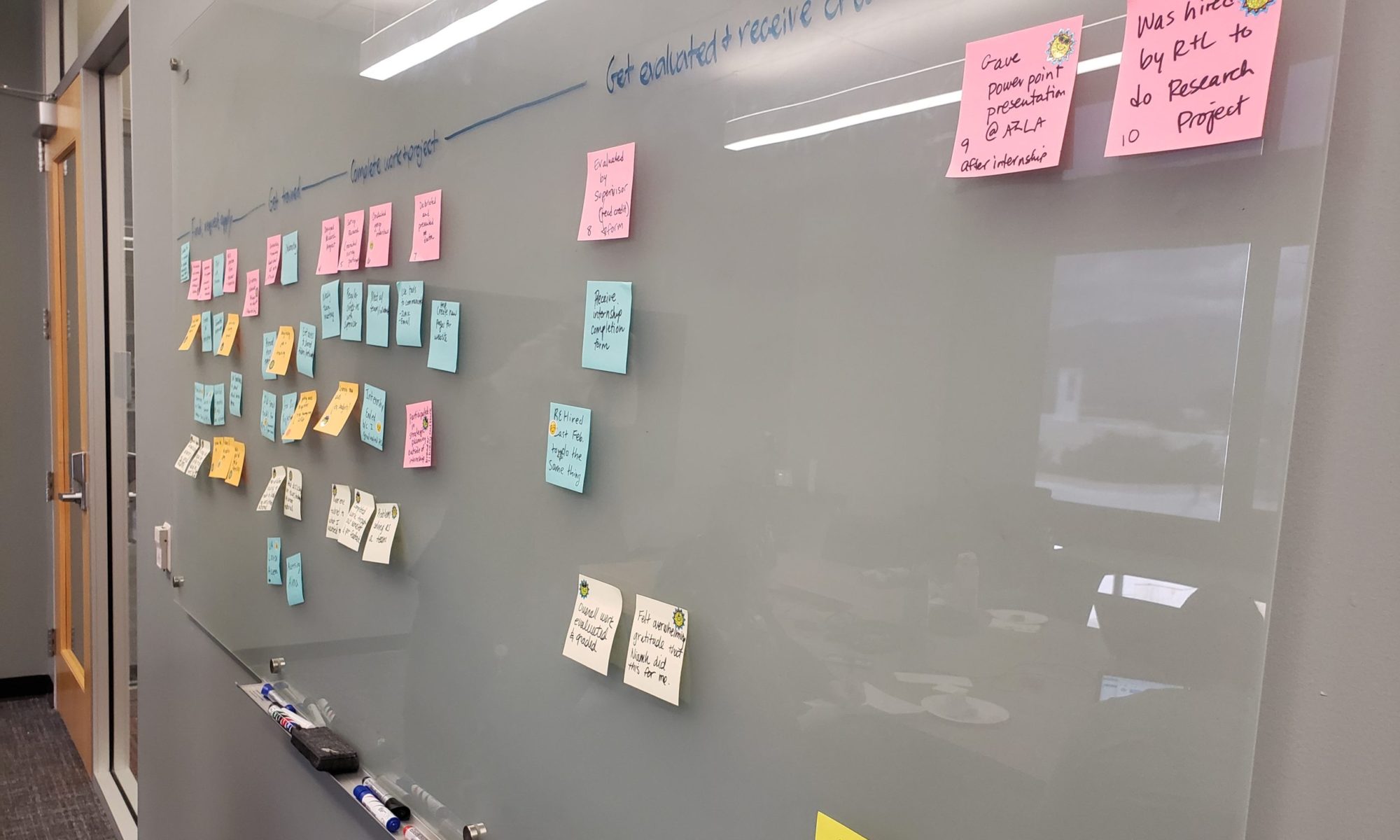I just came back from edUi 2012. What a great conference – engaging speakers, relevant topics, and lots of opportunities for networking. I hadn’t been before, but would love to go again.
I presented a talk, “Too Many Cooks in the Web Kitchen? A Successful Case of Herding Cats to Improve the User Experience.”
It was standing room only, which proved to me this is an issue near and dear to many of us working on websites for educational institutions. We do have a lot of stakeholders to deal with and a lot of responsible parties. I hope that what I’ve learned will be helpful for others, but I also want others to tell me where they have been successful. I am really happy that I was able to make a lot of connections and collect a lot of business cards – content strategy is a murky area so the more people to talk to (and vent to!) the better.
You can see more information on my talk, including the abstract and audience comments, at Speakerrate.

